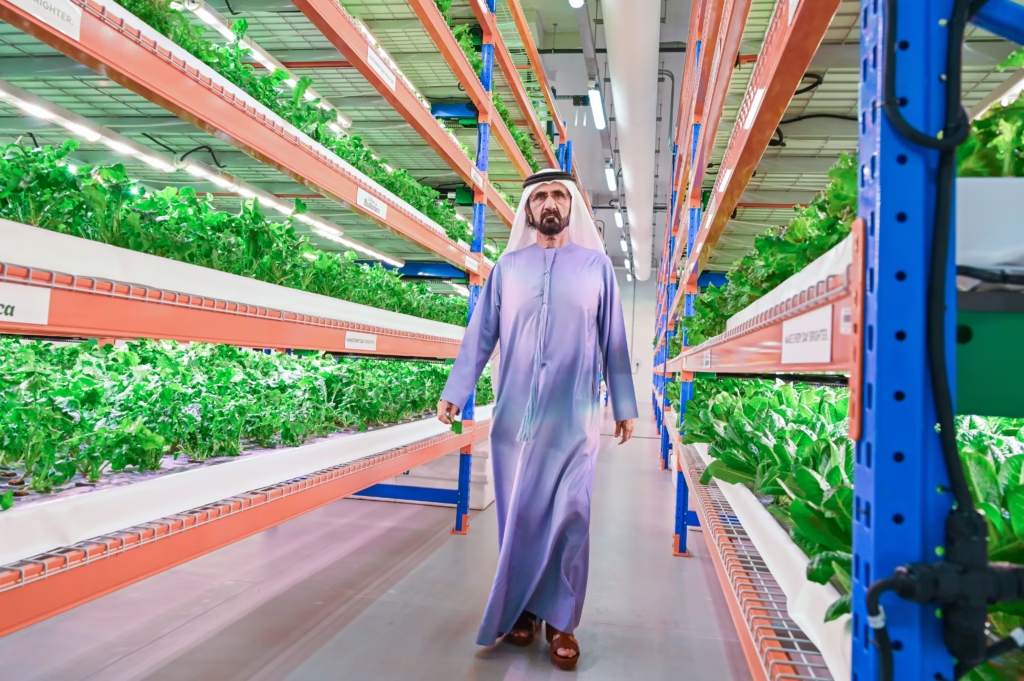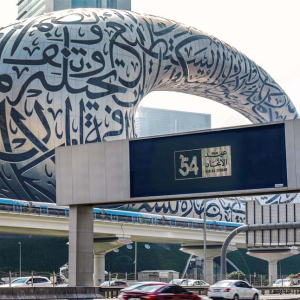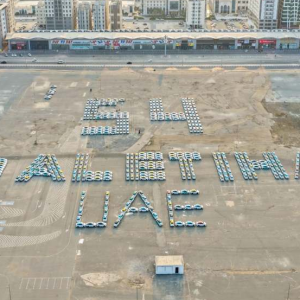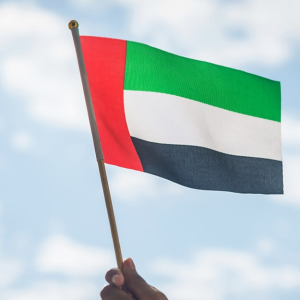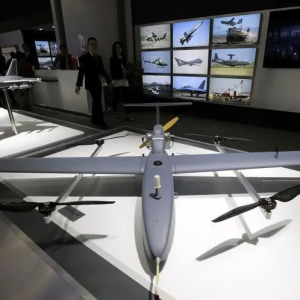The World’s Largest Vertical Farm UAE has officially opened, marking a historic step in the country’s journey toward sustainable food production and agricultural innovation. Located near Dubai, this mega project uses cutting-edge technology to grow fresh produce in controlled indoor environments, making farming possible in one of the world’s driest regions.
At a time when climate change, water scarcity, and population growth are placing pressure on global food supplies, the UAE is proving that technology can offer powerful solutions. With this vertical farm, the country is setting a global example of how to tackle food security challenges while promoting sustainability.
Why the World’s Largest Vertical Farm in the UAE Matters
For decades, the UAE has depended heavily on food imports due to its desert climate and limited arable land. According to government reports, nearly 90% of the UAE’s food is imported. This reliance poses risks during global disruptions like pandemics, wars, or supply chain challenges.

The opening of the World’s Largest Vertical Farm UAE changes this narrative by providing a reliable, local source of fresh vegetables year-round. With its ability to grow crops using minimal land and water, this project aligns perfectly with the UAE’s long-term vision for food security and sustainability.
What Makes This Vertical Farm the Largest in the World?
Vertical farms stack layers of crops in indoor facilities where temperature, humidity, and lighting are controlled by advanced systems. Unlike traditional farming, which requires vast land and huge amounts of water, vertical farms are compact, efficient, and environmentally friendly.

Key Features of the World’s Largest Vertical Farm UAE:
- Size: The facility spans more than 30,000 square meters, making it the biggest vertical farm ever built.
- Production Capacity: Capable of producing over 1 million kilograms of leafy greens annually, ensuring a steady supply for supermarkets, airlines, and restaurants.
- Water Efficiency: Uses 95% less water compared to traditional agriculture, a vital factor in the desert environment.
- Technology: Powered by artificial intelligence (AI), robotics, and hydroponics to ensure optimal crop growth.
- Sustainability: Operates with renewable energy integration and aims for a carbon-neutral footprint.
This scale of farming is not only a first for the region but also a breakthrough for the world.
How Vertical Farming Works
To understand the impact of the World’s Largest Vertical Farm UAE, it’s important to know how vertical farming operates.
- Hydroponics: Plants grow in nutrient-rich water instead of soil.
- LED Lighting: Special lights mimic sunlight, allowing crops to grow 24/7.
- Controlled Environment: Temperature, humidity, and oxygen levels are adjusted for perfect conditions.
- Automation and AI: Robots handle planting, monitoring, and harvesting, reducing human error and labor costs.
The result is consistent, high-quality produce grown faster and cleaner than traditional methods.
Crops Grown at the World’s Largest Vertical Farm UAE
The farm will mainly focus on leafy greens and herbs, as these crops are fast-growing and in high demand. Common crops include:
- Lettuce
- Spinach
- Kale
- Basil
- Arugula
- Microgreens
Over time, the farm may expand to include strawberries, tomatoes, and other high-value crops. With growing research, vertical farms are expected to diversify further, adding more fruits and vegetables to their production lines.
Benefits of the World’s Largest Vertical Farm UAE
The opening of this facility brings several advantages to the UAE and beyond.
1. Food Security
With local production, the UAE will reduce its reliance on imports, ensuring food availability even during global crises.
2. Water Conservation
In a desert country, saving water is critical. Vertical farming’s efficiency ensures food can be grown without draining natural resources.
3. Sustainability
By reducing food miles (the distance food travels from farm to consumer), carbon emissions will drop significantly.
4. Economic Growth
The farm will create jobs in agriculture technology, research, and logistics, strengthening the UAE’s knowledge economy.
5. Consistent Quality
Controlled environments mean crops are free from pesticides, weather fluctuations, and contamination. Consumers get fresher, healthier produce.
The UAE’s Broader Food Security Vision
The World’s Largest Vertical Farm UAE is part of a bigger strategy known as the UAE National Food Security Strategy 2051. This plan aims to:
- Rank the UAE among the world’s top 10 countries in the Global Food Security Index.
- Promote sustainable farming techniques.
- Support agri-tech startups and research.
- Diversify local food production sources.
By investing in advanced technologies like vertical farming, aquaponics, and genetic research, the UAE is turning its desert landscape into a hub for future farming.
Partnerships and Global Collaboration
This mega project was built through partnerships between the UAE government, private investors, and international companies specializing in agri-tech. The collaboration combines local vision with global expertise, ensuring the project is both innovative and commercially viable.
Partnerships with airlines, such as Emirates Flight Catering, also mean that freshly grown produce from the vertical farm will be served to millions of travelers, showcasing the UAE’s innovation to the world.
Challenges Facing Vertical Farming
While the World’s Largest Vertical Farm UAE is a huge achievement, challenges remain:
- High Energy Use: Running LED lights and climate systems requires significant energy. However, the UAE is working to power farms with renewable energy sources like solar.
- Cost of Technology: Building and maintaining vertical farms is expensive, though costs are expected to fall as technology advances.
- Crop Limitations: Vertical farms are currently better suited for leafy greens, not large-scale crops like wheat or corn.
The UAE is investing in research and innovation to address these challenges, ensuring vertical farming becomes more efficient and scalable in the future.
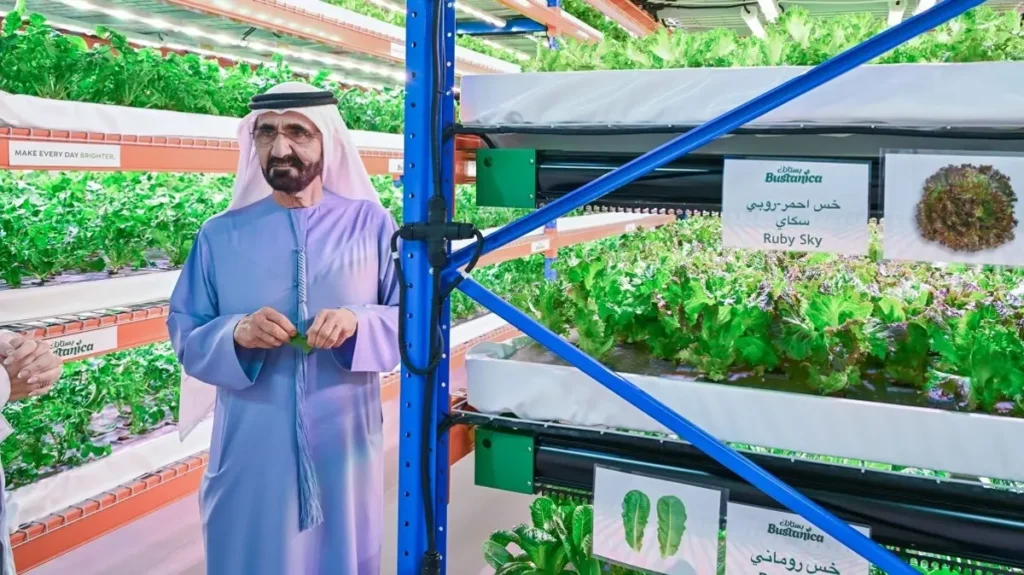
How the UAE Sets a Global Example
Many countries are exploring vertical farming, but the UAE’s bold investment and large-scale implementation set it apart. While Singapore and Japan have developed urban farms, none match the scale of the UAE project.
The World’s Largest Vertical Farm UAE positions the country as a leader in agri-tech innovation, proving that even the most challenging climates can embrace sustainable farming. This will inspire other nations, particularly those facing water scarcity and limited farmland, to follow suit.
The Future of Farming in the UAE
The success of this vertical farm will likely pave the way for more facilities across the UAE. Future developments may include:
- Farms growing fruits like strawberries and blueberries.
- Expansion into desert regions using renewable-powered vertical farms.
- Integration with artificial intelligence to further increase efficiency.
- Exporting high-quality produce to neighboring Gulf countries.
By combining tradition with innovation, the UAE is rewriting the story of agriculture in the desert.
Conclusion
The opening of the World’s Largest Vertical Farm UAE is more than just a technological achievement—it is a bold step toward a sustainable and secure future. By addressing food security, reducing water use, and cutting carbon emissions, this project strengthens the UAE’s position as a global leader in innovation.
As the farm begins producing millions of kilograms of fresh vegetables each year, residents and visitors alike will benefit from healthier, fresher, and locally grown food.
This is not just a story about farming—it’s about vision, resilience, and determination. The UAE has turned its greatest challenge, the desert climate, into an opportunity to shape the future of food for the world.
Do follow UAE Stories on Instagram
Read More: Emirates Stallions New Venture with SAAS Unveils Bold $435 Million Luxury Vision

